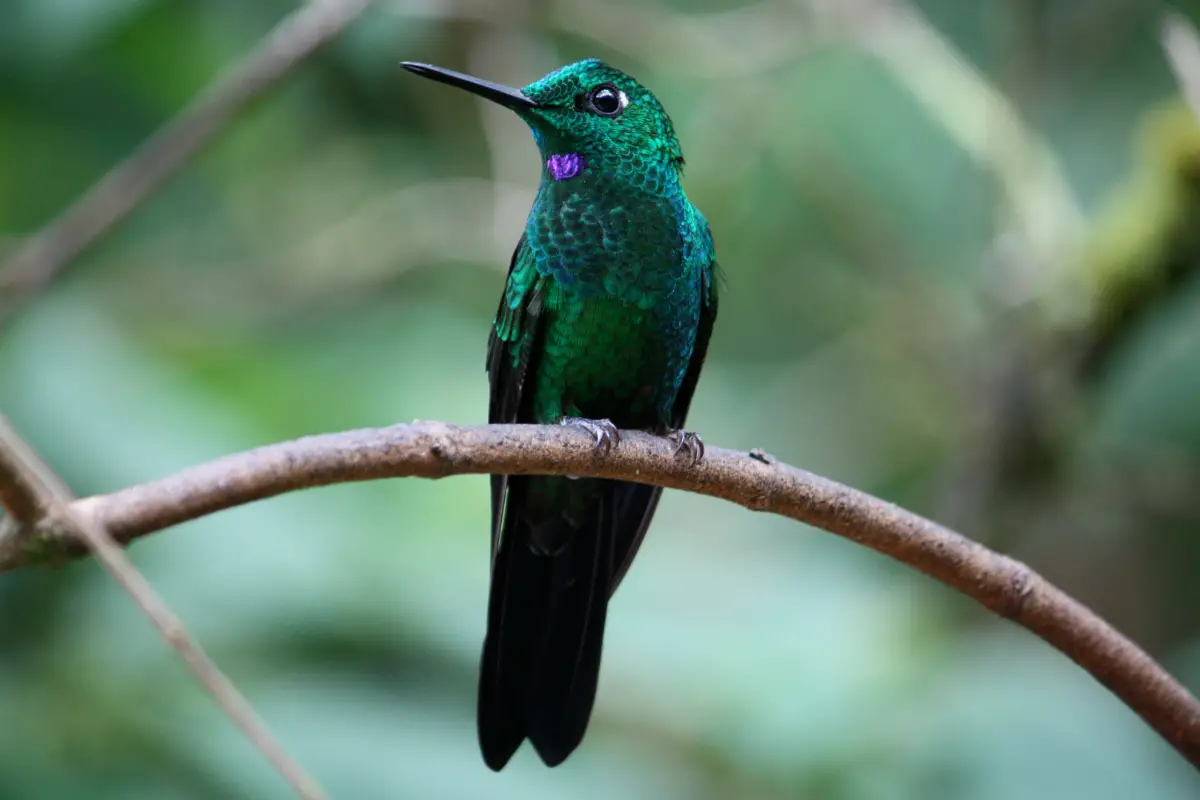
Do Hummingbirds Need to Perch?
Hummingbirds are amazing creatures who seem to live a life of ease. They live their whole lives in the air, never touching the ground except to rest their feet on something. But do hummingbirds need a perch at the feeder? The answer is yes- and no.
If you provide a perch at your hummingbird feeders, it will make your visitors feel more welcome and at home.It also provides a place to rest if the hummingbirds are tired from their daily travels.
Just like people, some hummingbirds have preferences about what they like to sit on. Many will choose a little perch with a spout coming out of it or they’ll just settle on the edge of the feeder itself. They’ll either perch there or dangle their feet to get a drink.
Many people recommend just using a little metal perch for the feeder, but some species prefer the look and feel of natural twigs. The best option is to use both- do a little research on your local hummingbirds and pick out something that they will like. Then hang it up and watch them enjoy their little perch.
Do hummingbirds perch in trees?
It’s a common misconception that hummingbirds can’t perch in trees. As it turns out, they just prefer not to!
In the wild, hummingbirds are often found foraging for nectar and other food sources from flowers and trees. However, these tiny flying dynamos are not actually equipped to perch on tree branches because their feet lack the necessary gripping power required when perched on something as slippery as bark.
Still, some of these feathery fans do occasionally land on a tree branch for brief periods. This is usually a last resort movement and can often be seen when they’re fatigued from flying around looking for flowers in the dead of night.
When this occurs, they usually perch with their feet folded back beneath them and belly facing the tree branch. Even then, hummingbirds have been spotted falling off of trees from time to time in an attempt to reorient themselves and resume their foraging activities.
Perching on a tree branch is also dangerous because of the fact that these tiny birds rely heavily on their beaks as a tool for finding food sources.
If a tree branch is too close to their beak, then they run the risk of being impaled on a branch, which would be very harmful to them. Hummingbirds are also known for repeatedly flapping their wings while perched on branches as a way to maintain balance.
Hummingbirds lack the perching ability of other birds like robins or blue jays, which use their feet to grip a branch tightly.
Not only do hummingbirds have very weak feet but also they are not able to move their legs in the manner that passerine birds are able to do.
They’re often found hopping from one foot to another when perched on tree branches.
How long will a hummingbird perch?
Hummingbirds are feisty little creatures, and if you’ve ever seen one up close, you know that they like to zoom in on objects at high speeds. So how long will a hummingbird perch? This is a tough question to answer because it depends on the species and the individual hummingbird.
On average, hummingbirds will perch for 10-30 seconds. They may also fly for a few minutes or more before they perch again.
If you’re wondering how long will a hummingbird perch for, there are multiple factors that come into play. First of all, total time spent on perch varies depending on the species of hummingbird. The most common hummingbird in North America is the Ruby-throated Hummingbird (Archilochus colubris), and this bird typically spends only 10-30 seconds on perch before flying again.
The second factor that affects how long a hummingbird spends on perch is the type of food the bird is eating. Hummingbirds eat nectar from flowers and insects, and if they’re eating sugary nectar, they will spend less time on perch than if they’re eating insects.
Lastly, you have to consider how long the bird spends on perch when it’s flying. If the bird flies for a long time, it may be more likely to perch for longer periods of time when it has a chance.

